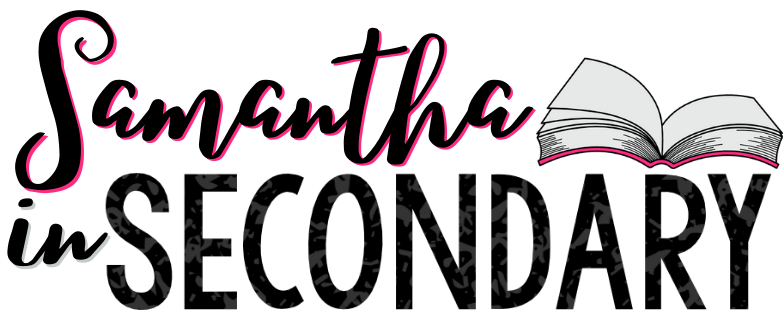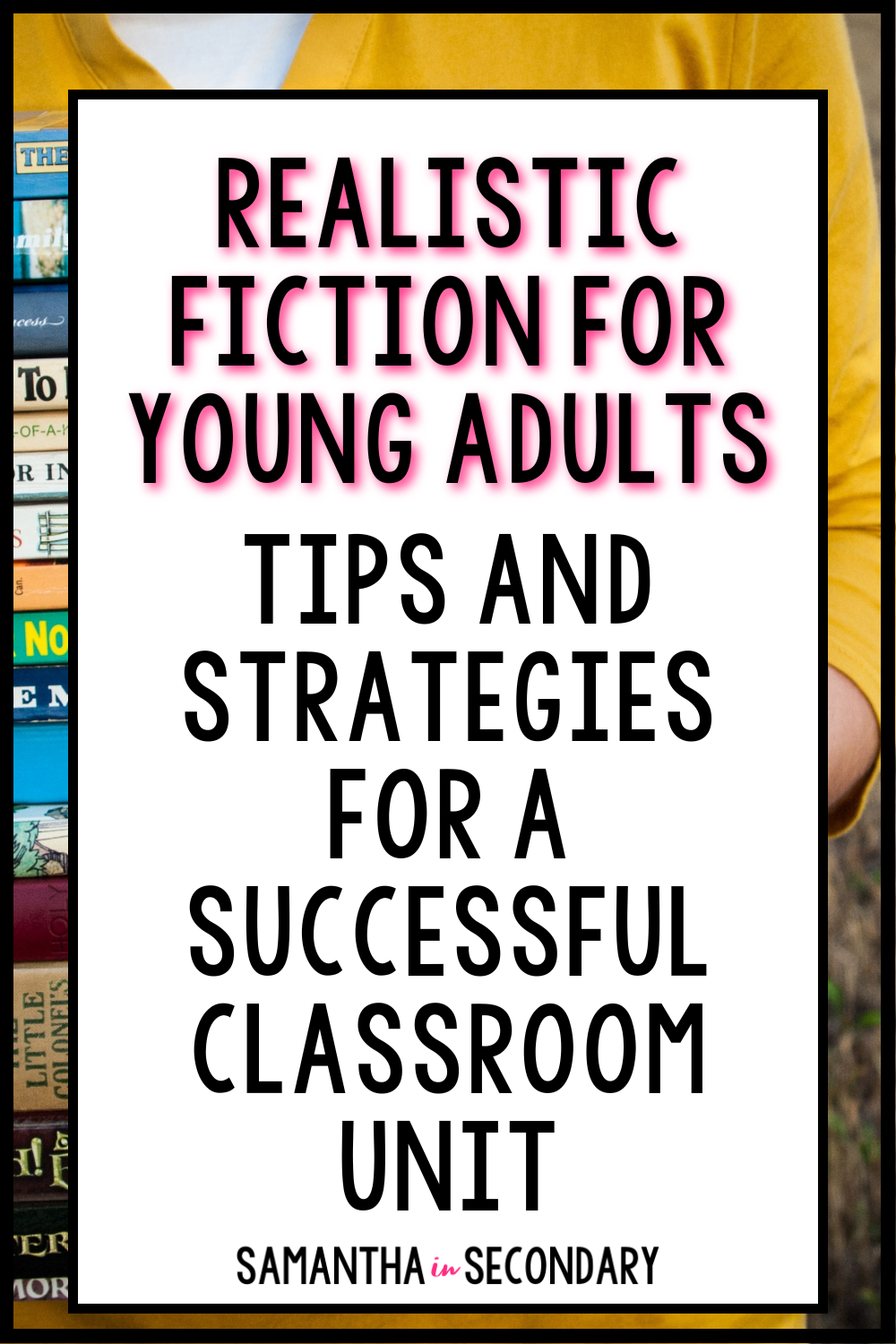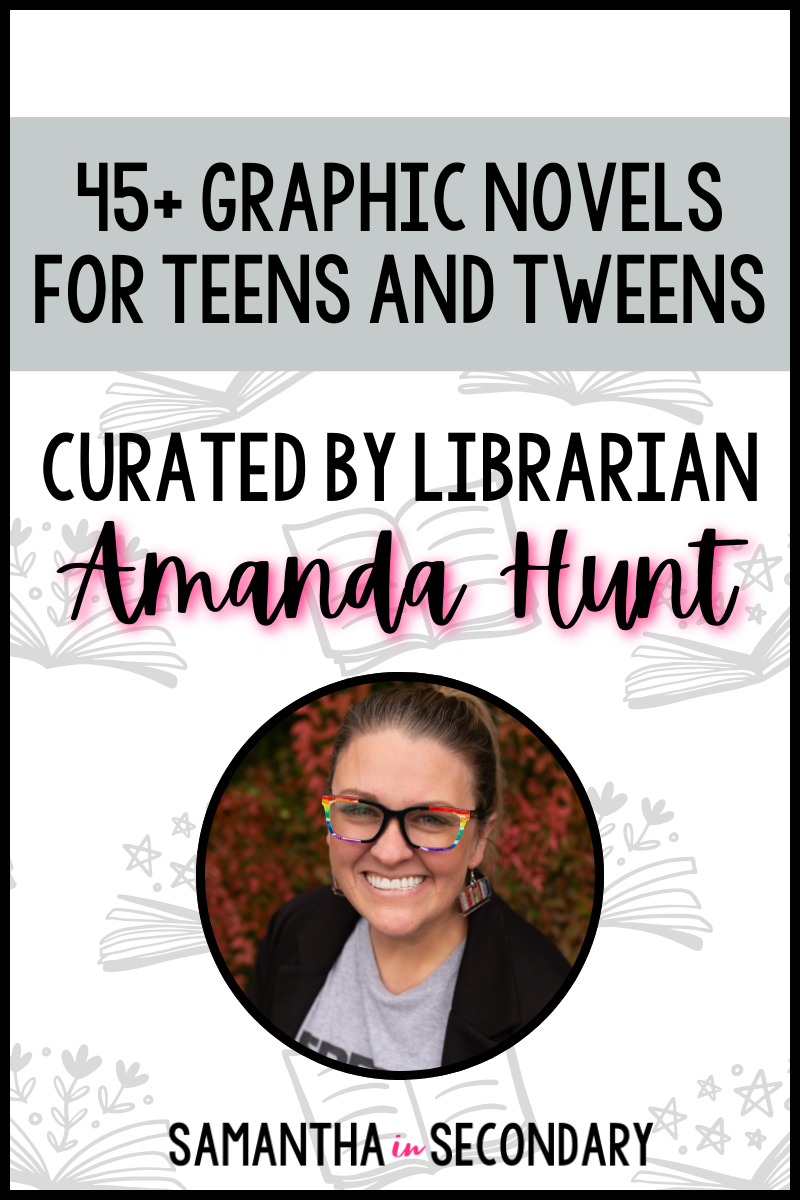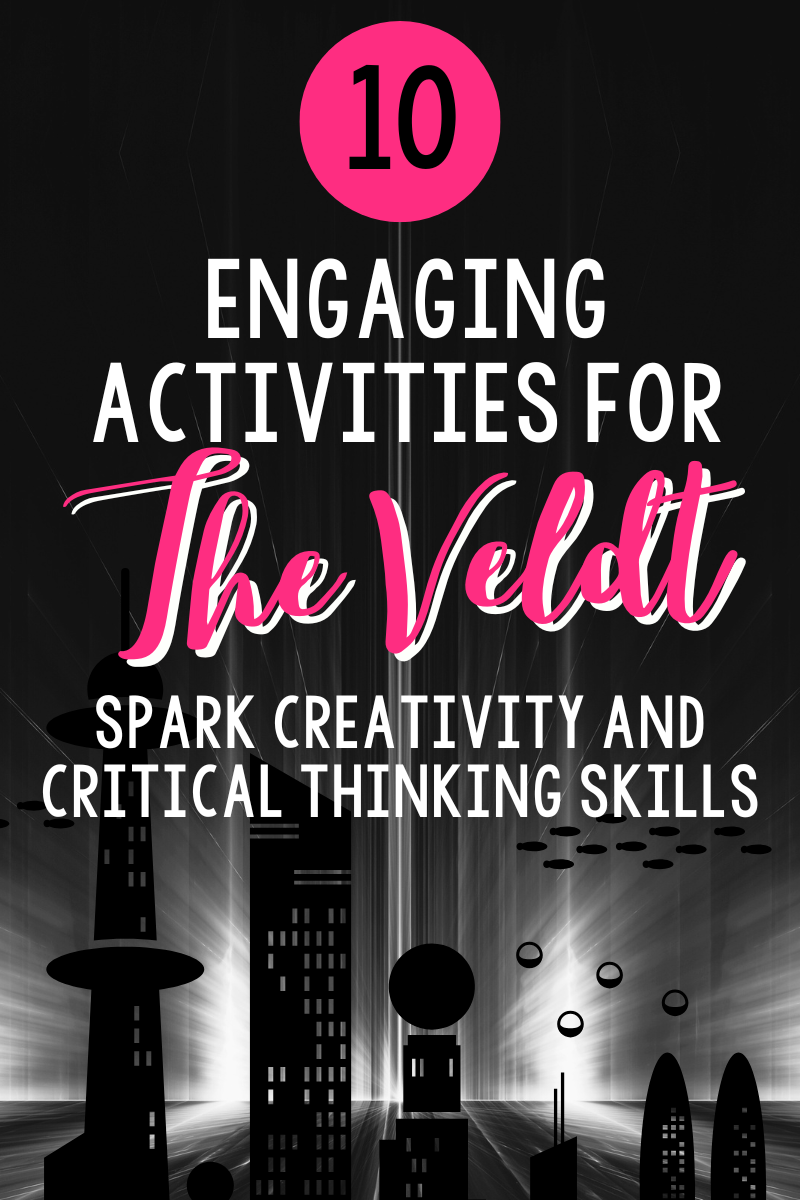Are you looking for a fresh and fun way to challenge your students while helping them develop their writing skills? Have you ever wondered if it’s possible for your class to write an entire novel in just 30 days? The answer is, YES! As a teacher, it’s so exciting when your students get truly engaged with a project that requires potential creativity. But how do you turn the thought of writing a novel into something achievable even at the elementary or middle school level? Here’s the guide to making it happen this academic year — and be warned; your student writers might even surpass their initial expectations!
Note: This blog is a guest post written by Krista at Whimsy and Rigor. Krista is a passionate middle school ELA teacher who hopes to make her classroom an engaging, joyful, welcoming, and appropriately challenging environment where all students can thrive and jive. Check out Krista’s blog here for more great ideas and follow her on Instagram @whimsyandrigor for all of the teaching (and fashion!) inspo.
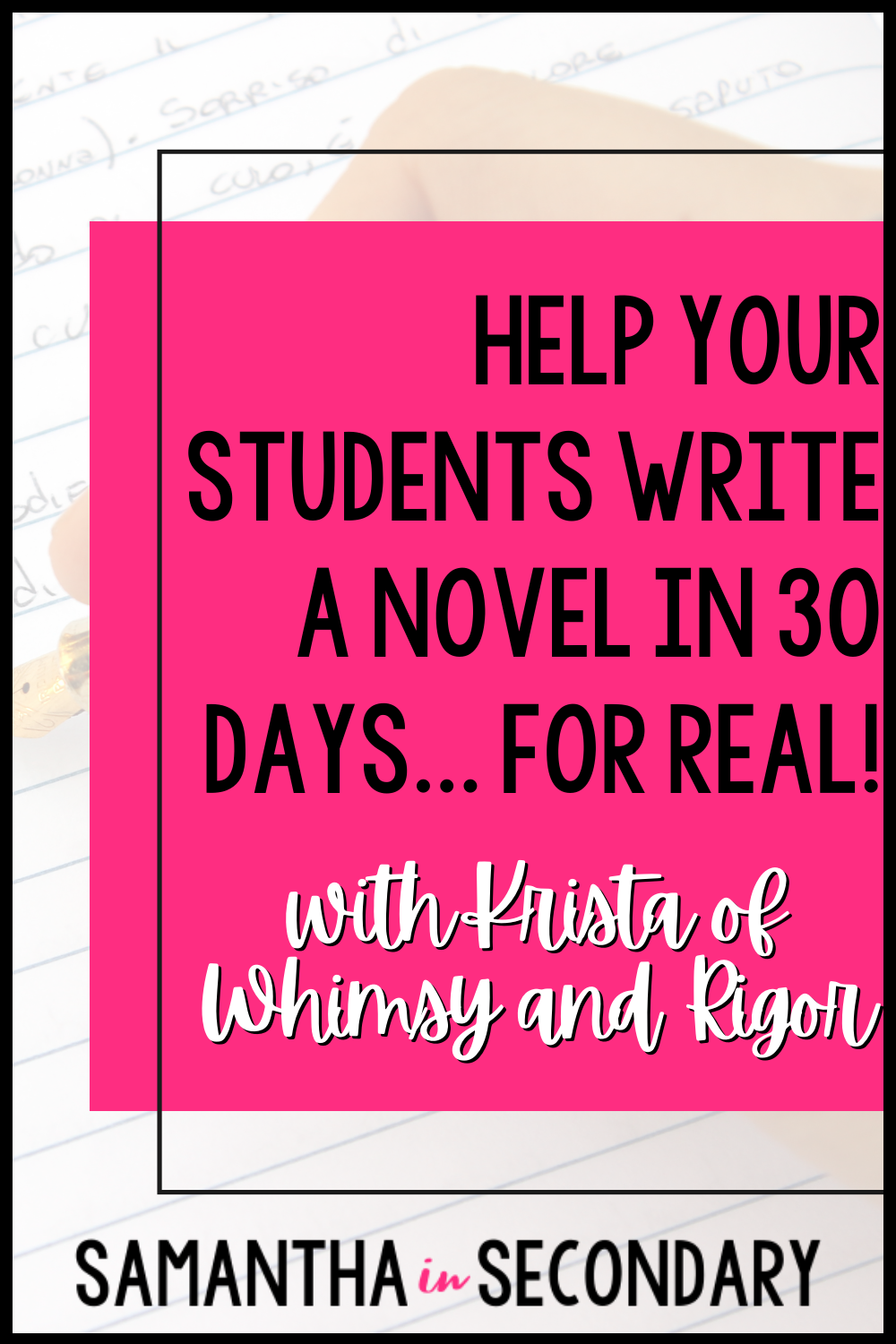
Facts: My 6th graders write novels. In 30 days. And their stories are coherent and creative and inspiring.
Each November, my class becomes part of the international Young Writers Program for National Novel Writing Month, or NaNoWriMo. They choose a word count goal (minimum: 6000 words), create 3-dimensional characters, afflict that character with internal and external conflicts, develop an engaging plot, and write. And write. And write. For 30 straight days.
This project, although intense, is completely manageable for any classroom. Let me break it down for you!
It all starts the last week of October. If you won’t use the NaNoWriMo writing community that gets fired up in November, you can truly do this project whenever you want!
The last 5-7 days of October are dedicated to getting students prepared to start writing. Because NaNoWriMo doesn’t “officially” begin until November, they can’t actually start writing until midnight on November 1st (some of my writers actually set their alarms for midnight so they can write a few sentences!!). We spend a lot of time planning, creating, sketching, and talking so we don’t waste those precious words they need to reach their absurd word count goal.
The prep is broken down into these 5 topics:
- Characters (protagonist, antagonist, supporting character(s))
- Conflict (both internal and external)
- Plot (drafting ideas for the exposition, inciting incident, rising action, climax, falling action, and resolution)
- Ways to Start
- Public Declaration of Word Count Goals
The absolute, most important part of this preparation is getting them to write three-dimensional characters. Sometimes I get students who push back and just want to get into the conflict, but I reel them back in and explain they must create a living, breathing character before they know what kind of problem that character will encounter. Linda Sue Park in her novel Project Mulberry includes transcripts of conversations she has with her protagonist. I always read a few of these aloud to the class because I want them to develop a protagonist who is so strong and real that they bother the author while they are trying to sleep or walking the dog or just trying to go pee. (That last one always makes them giggle.) But for real, their goal is to create a protagonist who will harass them during the whole month of November.
In order to actualize this living, breathing character, they answer approximately one billion questions about their protagonist. Anything from their deepest, darkest secret to what is hidden under their bed. For a complete list of these questions (and much more!) click here.
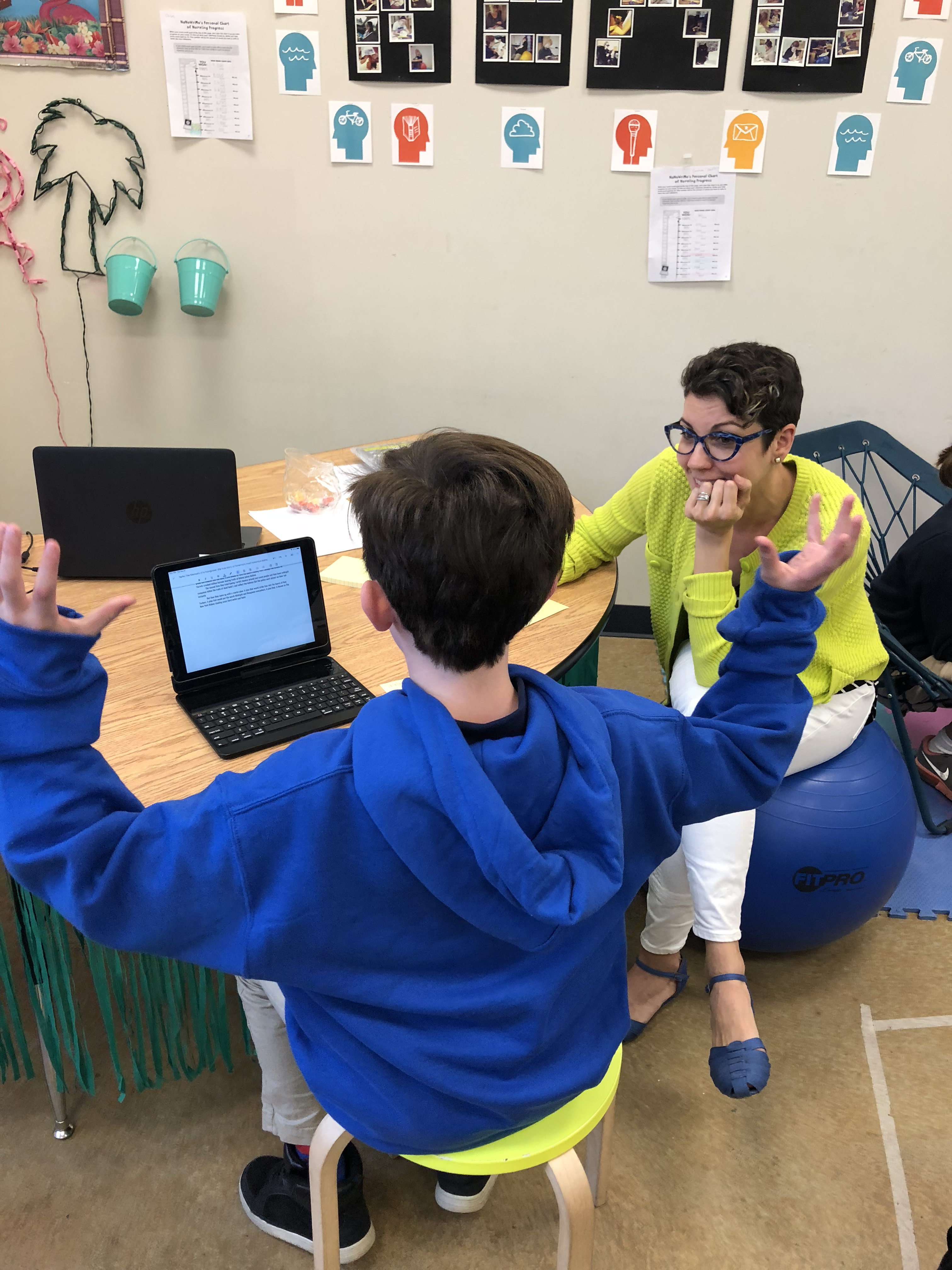
Once the authors have developed their characters, we jump into figuring out what juicy conflict awaits. I read aloud a picture book that demonstrates internal and external conflict. I am partial to anything by William Steig so we read Brave Irene to discuss the conflicts she experiences as she treks across the snowy land. Students then list 5-1000 things their protagonist wants, 5-1000 things they are afraid of, and 5-1000 examples of their weaknesses. It is important that they brainstorm way more than they think they need because 1) their first ideas are not always their best ideas and 2) if they need to add words to reach their word count goal, I tell them to add a sub-plot by incorporating one of their ideas from these lists.
Next up? Plotting. I use the traditional method of outlining with a plot roller coaster because it is easy for them to visualize and refer back to throughout the month. We examine a shared text we read earlier in the year and list all the different parts of the plot. They are always shocked to learn that the climax of Running out of Time by Margaret Peterson Haddix is on page 130 out of a 184 page book. This helps them visualize that the guts of their novel lie in the rising action and not the climax.
I always tell them that if they find drool on their paper, it is because the beginning of their story was so boring that I fell asleep. That usually sticks with them as they start to think about how to begin. I offer them 29 different ways to start their novel (access this for free here!) and ask them to try out 3-5 different leads. After asking a classmate (aka their target audience) to read the options, they choose the one that best fits and they are officially ready to write!
As for that daunting word count goal, I have my 6th graders choose a goal between 6,000 and 20,000 words. I always have students who aim even higher, but my mandatory starting point is 6,000 words, no excuses. I have found that this is a reasonable but incredibly challenging goal for all of my writers. I have some struggling writers who eke out a little over 2,000 words, but for them, it is a huge accomplishment. Letting them choose their own goal empowers them to reflect on their perception of themselves as writers.
Once they have chosen their goal, they sign a super official contract (included in this download) and they are ready to go as soon as the clock strikes midnight on November 1st.
To keep their momentum going throughout the month, I do these three things:
#1: I have my students form NaNo groups (2-3 students) where they commit to reading and responding to each other’s work throughout the month.
#2: I am a thief. Of sentences. When I spot a good sentence that either exemplifies a concept we are studying in class (coordinating conjunctions, for example) or a superb description of an emotion a character is experiencing, I nab it immediately and write it on a sentence strip to hang in the classroom.
#3: I say “Yes!” all the time. With every question they ask about their character, the setting, their ideas for the rising action, I just say “Absolutely!” over and over. Giving this freedom opens their minds to endless possibilities and my relentless support and encouragement helps them reach even higher.
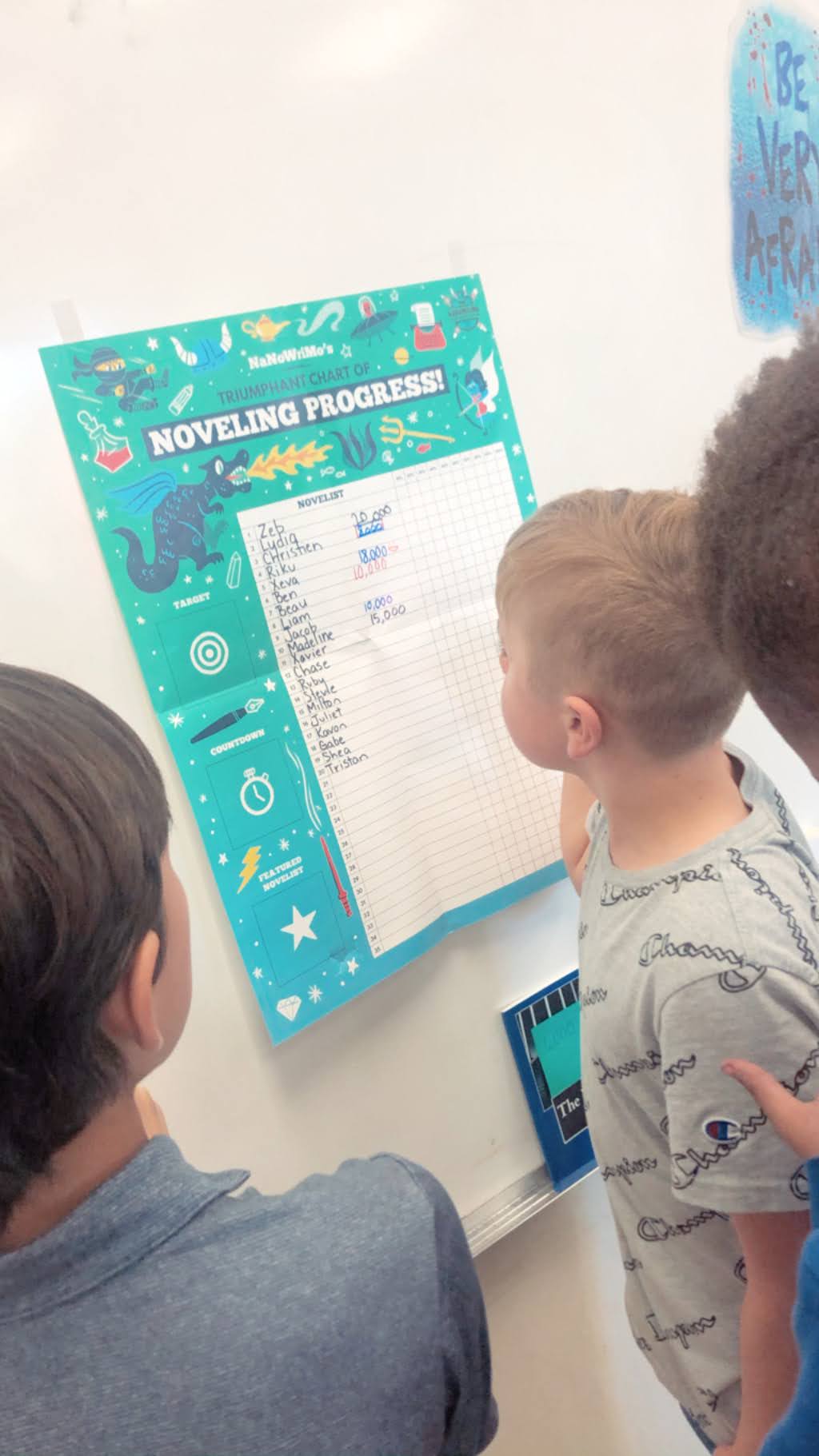
To keep my school administrators happy during this month of writing, I embed grammar lessons and author’s craft activities into this incredibly authentic writing project. If you want kids to care about commas and the nitty gritty details of writing dialogue, connect it to the incredible novel they are writing and explain that if they want their reader to understand their story, they have to follow a few basic rules. Believe me, they want their audience to hear them, so they work hard to apply the lessons I teach!
Finally, publishing! Although this may seem like an impossible task, Kindle Direct Publishing (yes, they do paperbacks, too) actually makes it super easy (and super affordable!). Here is a full video tutorial about how to get their novels published and into their hands!
Whew! That was A LOT, but I am proof that students CAN write full-fledged novels in 30 days and you CAN survive. I love guiding teachers through this process, so please email me at whimsyandrigor@gmail.com or reach out to me on Instagram @whimsyandrigor if you have any questions or nerves I can assuage before you begin this incredible journey with your students!



